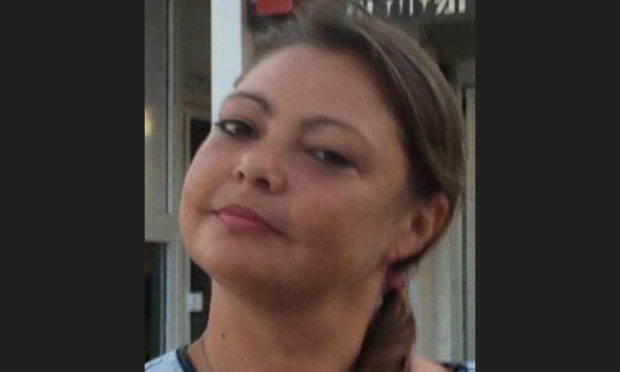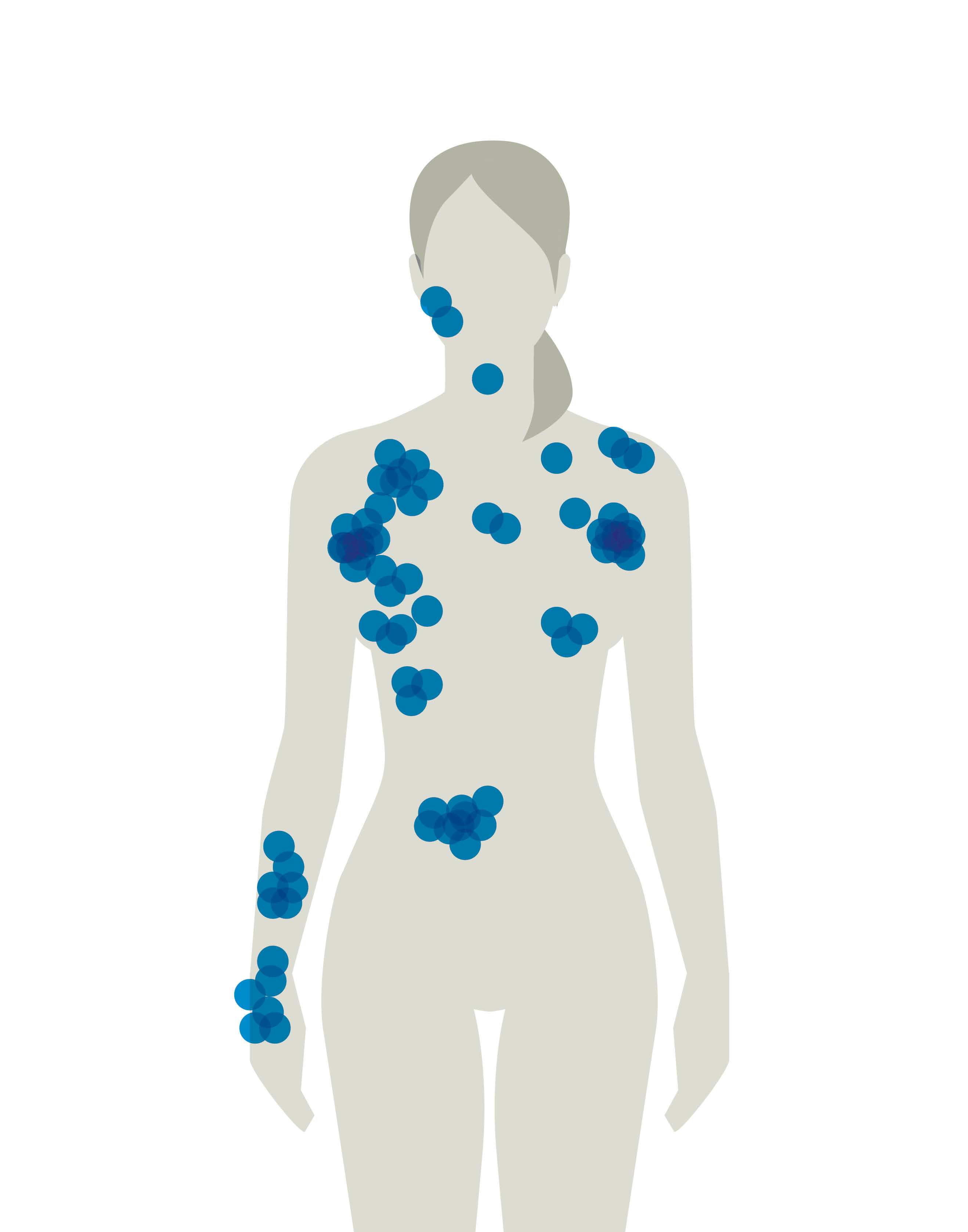
A Scot living in Israel was beaten to death and a catalogue of failures allowed her killer to go free, a leading pathologist has concluded after studying post mortem reports.
Dr Stuart Hamilton has rejected official findings suggesting Julie Pearson died from a natural spontaneous bleed.
He believes Julie, whose body had 78 bruises up to seven inches wide, died hours after being beaten in Israel four years ago by her abusive ex Amjad Khatib.
Dr Hamilton said: “I believe this is a missed homicide. If Julie’s case was presented to me today, I would be advising the police that I believe this to be a homicide and I would expect them to investigate it as such.”
He said: “Deaths like Julie’s are the reason why Scotland needs to change its position to ensure a second post mortem always takes place for citizens killed abroad, as we currently do in England.
“The pain of not knowing what happened is, for a family, almost unbearable.
“Indeed, I have found for many of them, not knowing is even worse than knowing.
“We owe families a duty, as well as those who have lost their lives, to investigate.”
Mr Hamilton is offering to come to the Scottish Parliament to tell MSPs why the rules must change.
He said: “In Julie’s case, I believe there has been a missed homicide, or at the very least the case should be given a great deal more scrutiny than it already had.”
He says the explanation given by Israeli officials was “not logical” in the circumstances.
Mr Hamilton said of the post mortem: “A spontaneous internal bleed is incredibly rare.
“You need to be absolutely sure that the injuries were not caused by an assault, and in Julie’s case there are allegations of assault.”
He is backing her family’s campaign to make standard a second post mortem back home in Scotland for Scots killed abroad.
Julie’s aunt Deborah Pearson, 58, from West Lothian, is preparing to lodge a petition to the Scottish Parliament Public Petitions Committee.
She said: “For the past four years, we’ve suffered terribly because the system is flawed and does not help families like ours when faced with trauma and loss.
“If we had been able to access a second post mortem, we would have been spared four years of anguish which only added to our sense of loss and helplessness. But at the present time, a second post mortem is granted only at the discretion of officials instead of being offered as standard as they are in England.”
Mr Hamilton issued his findings after reviewing how Kinross woman Julie, 38, died in the seaside tourist town of Eilat in November 2015.
The man witnesses have identified as beating Julie viciously hours before she collapsed, has never been charged with her death.
Julie’s abusive ex Khatib was questioned and jailed for two weeks for assaulting her and another girl.
Julie’s distraught mother Margaret, who raised concerns, was assured by Scottish Government officials that Israel’s post mortem would be thorough.
A Crown Office spokesperson said it had limited jurisdiction to investigate deaths that occur outside Scotland but confirmed that “any decision on legislation over the instruction of second post mortems as standard in all cases of Scots killed abroad would be for the Scottish Government”.
I have now had a chance to study and review the report of the post mortem carried out in Israel which concluded that Julie died from a spontaneous intraperitoneal haemorrhage.
In the context of the other autopsy findings, I would not draw this conclusion. The photographs that I have seen and the autopsy report both indicate that there was relatively extensive bruising on the body, including bruising to the abdominal wall.
Bruising in this location is relatively uncommon as the abdominal wall is flexible and typically does not bruise easily.
In the presence of bruising, evidence of trauma to the abdomen, it is likely that any bleeding would have a more-than-minimal traumatic component, particularly in the context of a history of Julie having been “beaten” the day before her collapse.
Blunt trauma resulting from an assault could lead to a small injury to the liver or spleen with slow bleeding into the abdomen. The most likely scenario is that there has been abdominal trauma, in keeping with an assault the day before Julie’s cardiac arrest, leading to slow internal bleeding, collapse and death.
The findings
After The Sunday Post had the Israeli post mortem report translated into English, leading pathologist Stuart Hamilton agreed to examine the findings for free because of his concerns.
I have now had a chance to study and review the report of the post mortem carried out in Israel which concluded that Julie died from a spontaneous intraperitoneal haemorrhage.
In the context of the other autopsy findings, I would not draw this conclusion.
The photographs that I have seen and the autopsy report both indicate that there was relatively extensive bruising on the body, including bruising to the abdominal wall.
Bruising in this location is relatively uncommon as the abdominal wall is flexible and typically does not bruise easily.
In the presence of bruising, evidence of trauma to the abdomen, it is likely that any bleeding would have a more-than-minimal traumatic component, particularly in the context of a history of Julie having been “beaten” the day before her collapse.
Blunt trauma resulting from an assault could lead to a small injury to the liver or spleen with slow bleeding into the abdomen.
The most likely scenario is that there has been abdominal trauma, in keeping with an assault the day before Julie’s cardiac arrest, leading to slow internal bleeding, collapse and death.

Enjoy the convenience of having The Sunday Post delivered as a digital ePaper straight to your smartphone, tablet or computer.
Subscribe for only £5.49 a month and enjoy all the benefits of the printed paper as a digital replica.
Subscribe